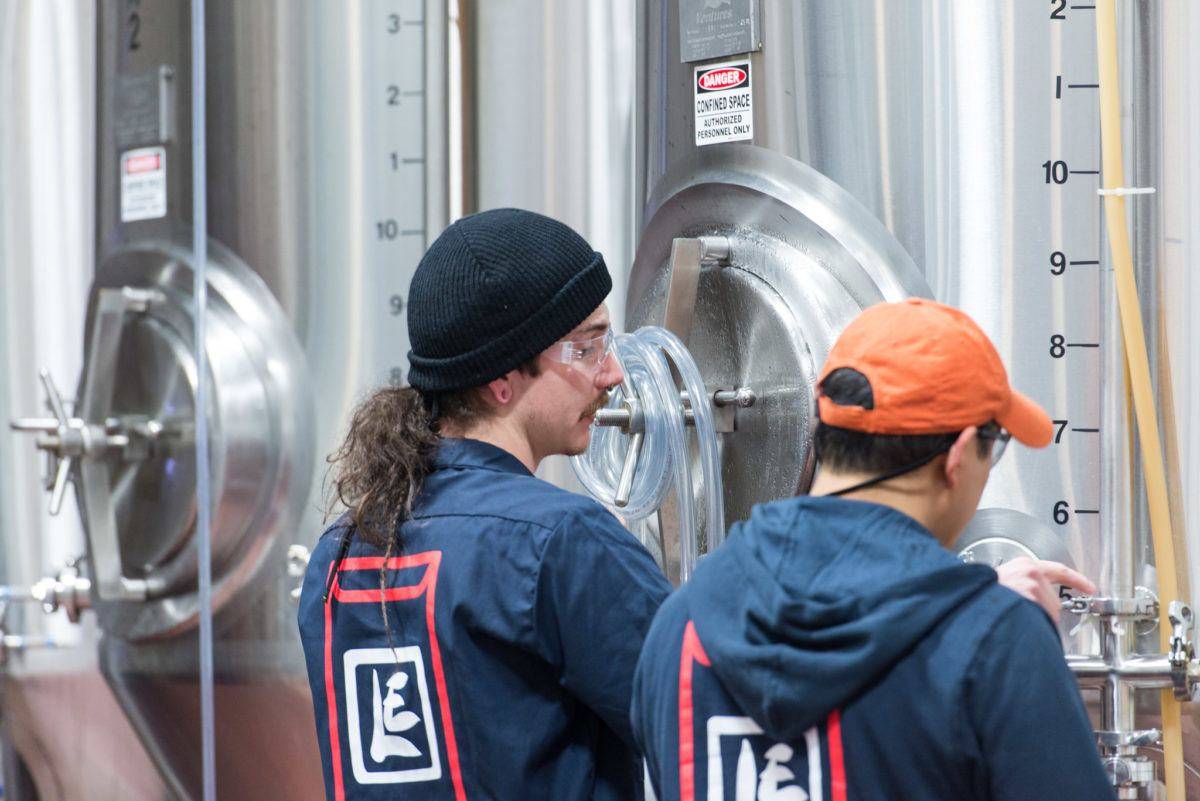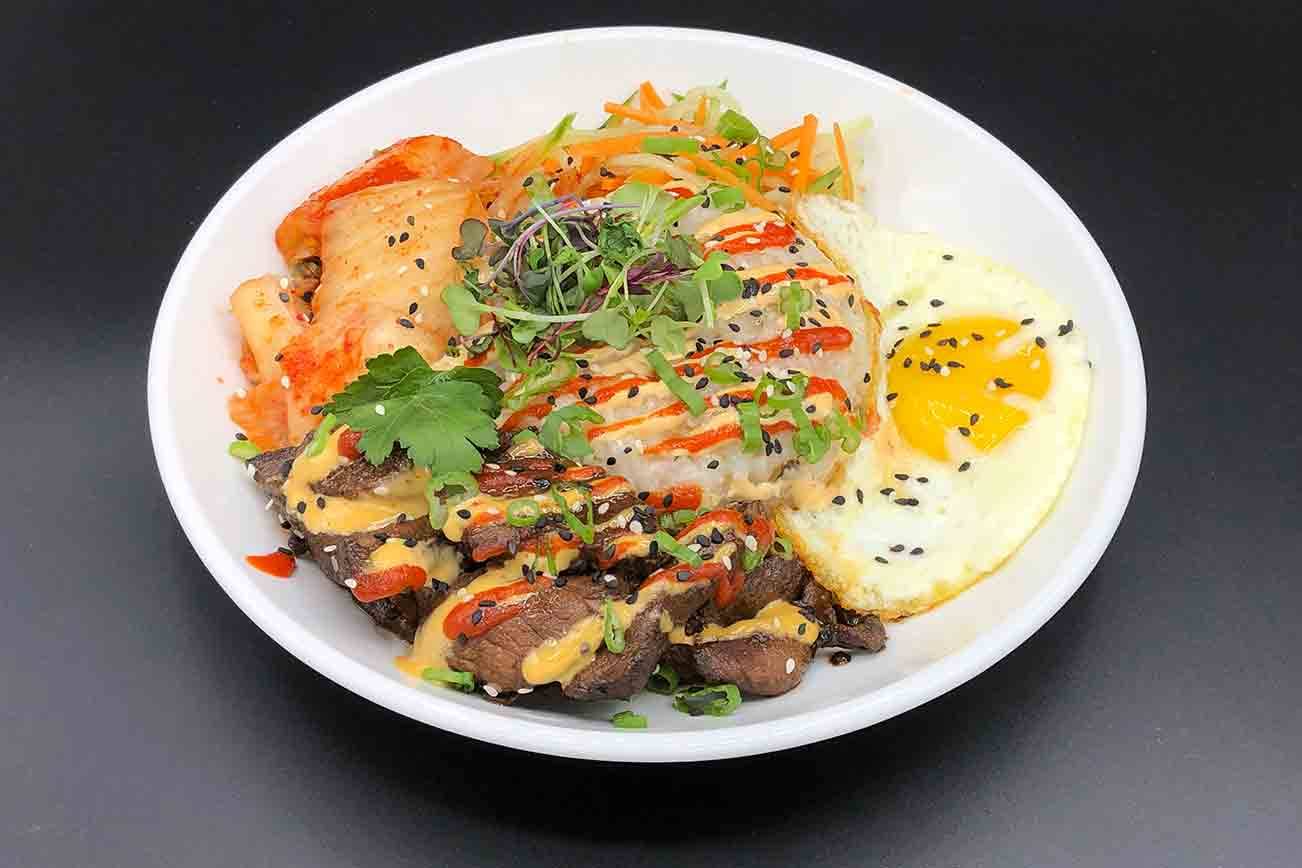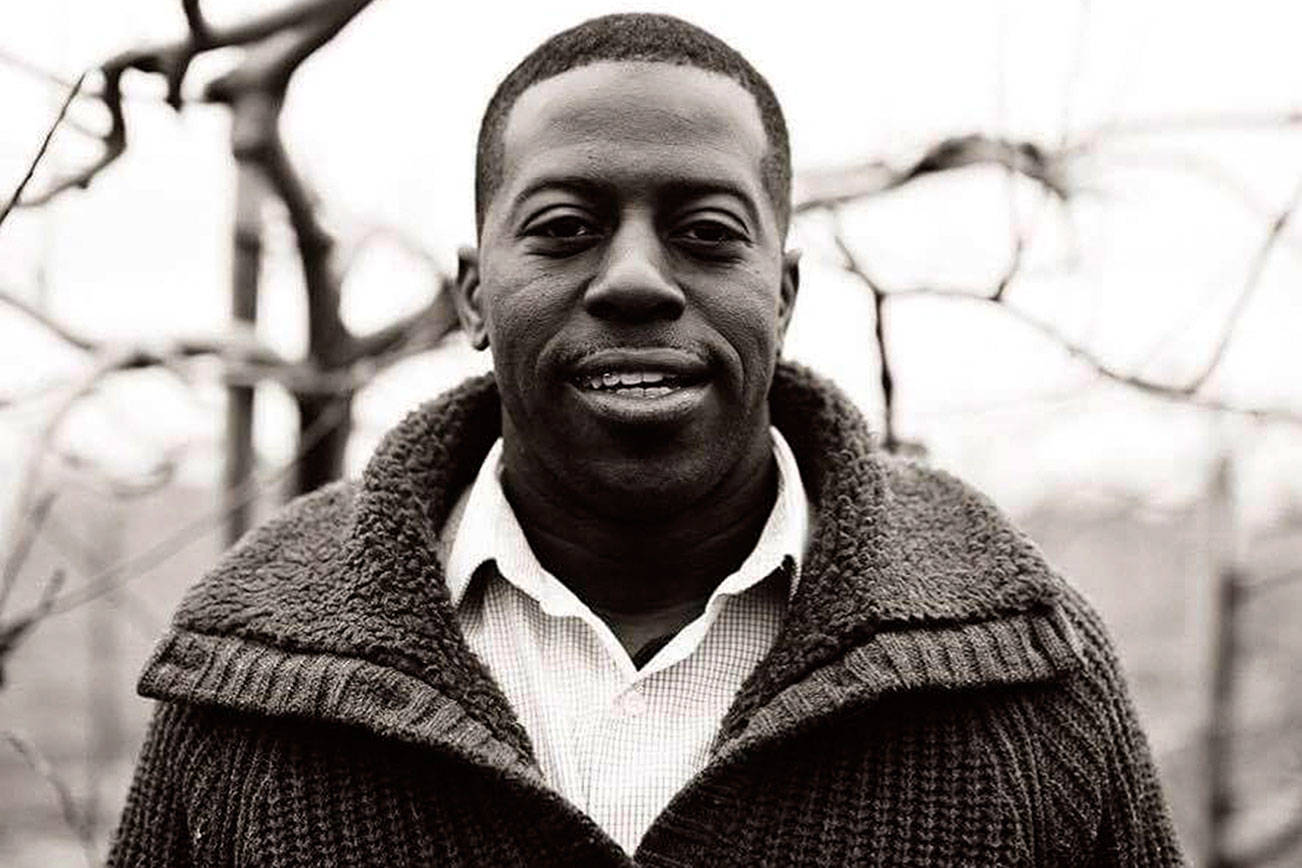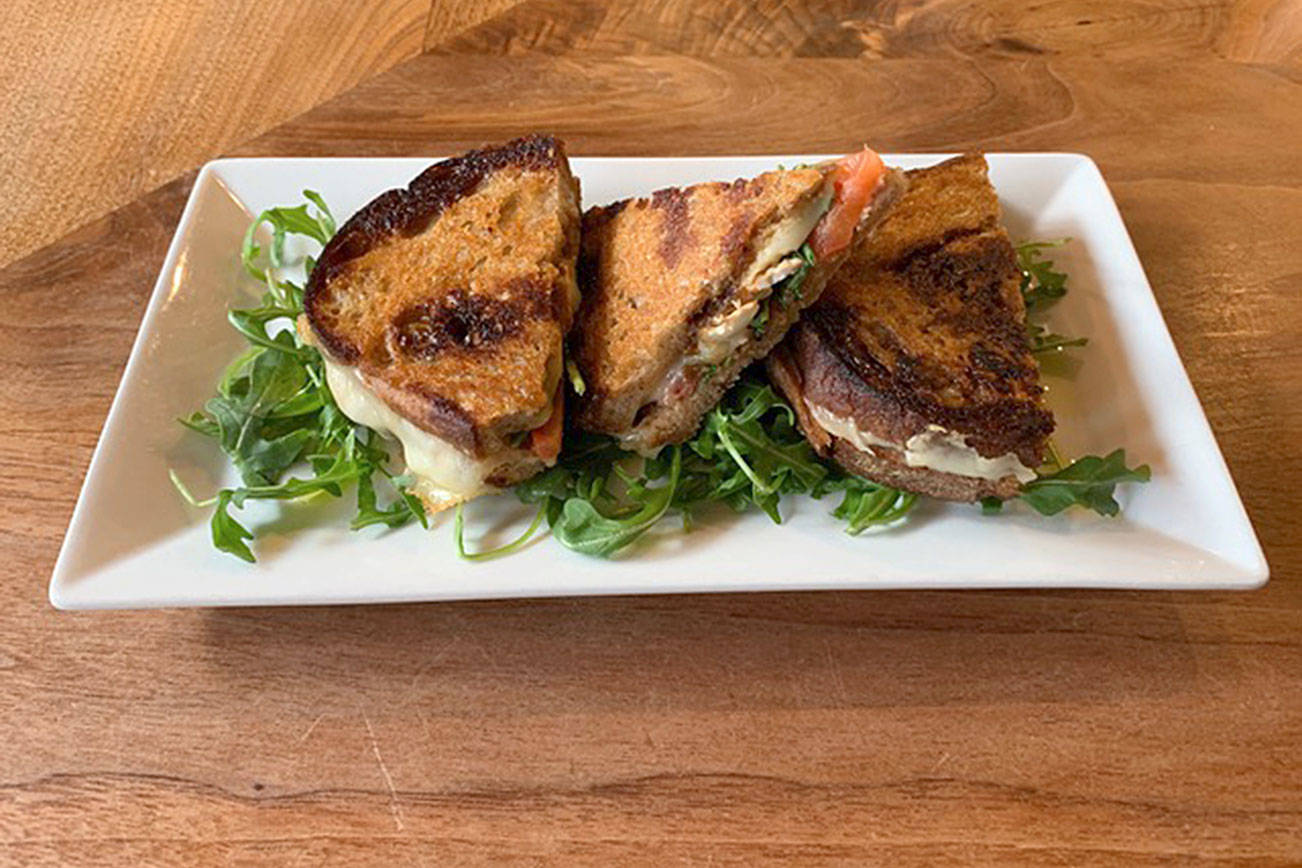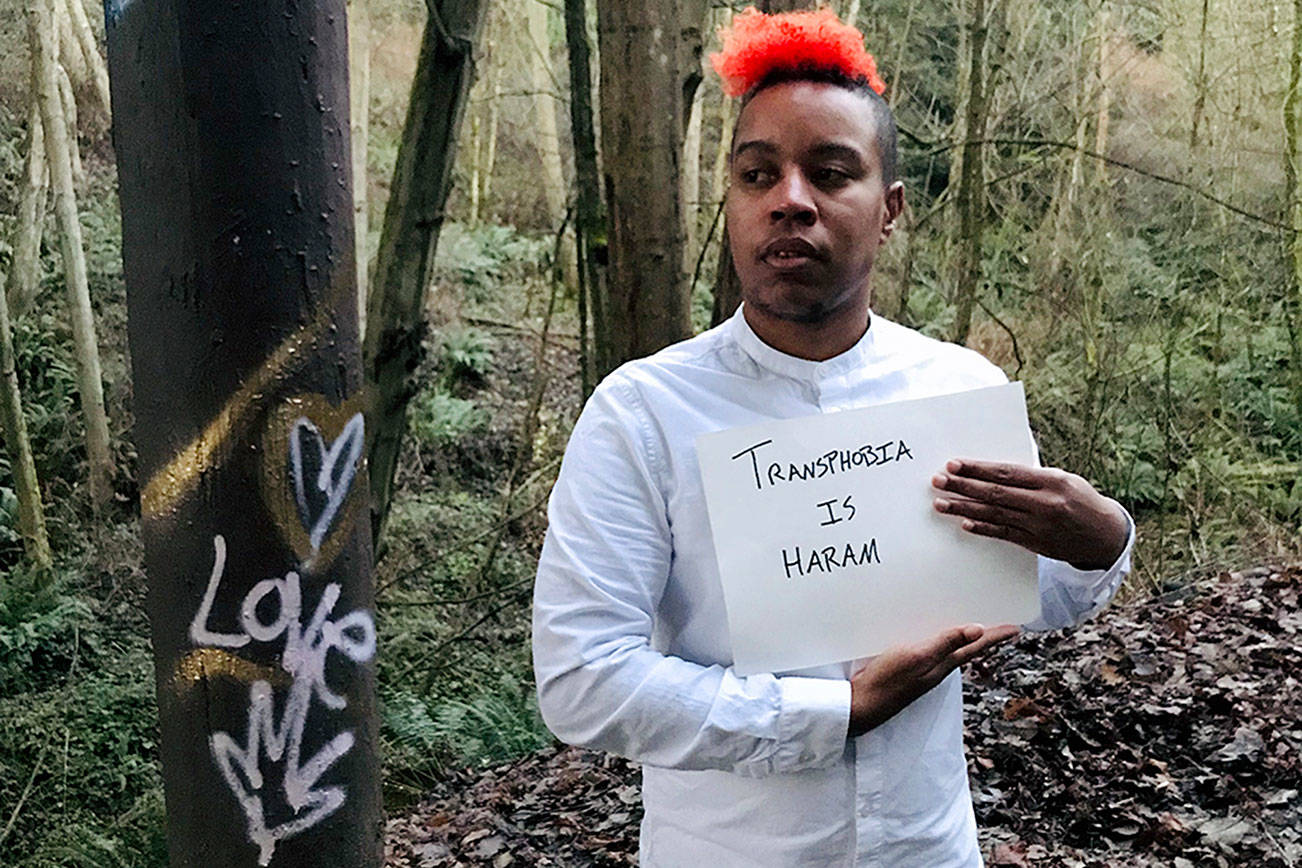In 2011, there were some 2,016 craft breweries in the United States, according to the Brewers Association. Just five years later, there were 5,234—and many believe this number will continue to grow. But why, exactly? What is it about craft breweries that the country adores? I asked some of Seattle’s most renowned brewers for their insights.
Cicerone and Stoup Brewing co-founder Robyn Schumacher believes the love of craft beer has much to do with community. “It’s made by people who live here for people who live here,” she says. “Beer has historically been a highly local, communal libation.” And she’s right. Until Prohibition, beer—made from simple grain, water, and yeast—was mostly a hyper-local endeavor. Pubs (short for “public houses”) spotted towns and cities, often run by women. But after Prohibition, when beer was again legal, big companies jumped in. Only in the latter half of the 20th century did beer revive its local roots.
Another important quality, says Chuckanut Brewing’s co-founder Mari Kemper is beer’s blue-collar appeal. “My husband and I think beer is more approachable than wine or spirits,” Kemper says. “It is a sessionable drink that’s not only refreshing but has a lot of different variations. Beer is a drink that has always been known as the common, working person’s drink. It’s down to earth.”
Lucky Envelope co-founder Barry Chan agrees with that folksy idea. “Craft beer is a relatively affordable luxury,” he says. “I’m willing to spend $6 on a different beer, whether that’s a difference in brewing process or ingredients.” And this affordability allows brewers to experiment, Chan adds. “We can put new, weird, and exciting ingredients in a beer to change the drinking experience–an opportunity for ‘the next big thing’ is always being pushed.”
Larry Rock, who has been a top brewer for local stalwarts like Pike and Hale’s, believes the story behind craft beer’s production and the source of its ingredients is especially important. “I feel that the same principles driving farm-to-table are what has always been driving craft beer,” Rock says. “This has always been the case since the ’80s when people would flock to breweries for tours and tastings, me being one of them.”
Odin’s Dan Lee recognizes that beer, aside from how it tastes or what it is, has a campfire-like quality. “I believe that the thing most people love about craft beer isn’t the beer necessarily,” he says. “Rather, it’s the many memories and experiences that surround the enjoyment of great craft beer with great friends.” But “I somewhat disagree with the assertion that craft beer shows no signs of slowing,” Lee says. “This notion that craft beer as a category continues at the pace it has enjoyed the past several years is simply not true.”
Yet, whether we have 10,000 or 20,000 breweries by 2030 doesn’t matter to me as much as this question: Why are people so—pardon me—thirsty for craft beer? I believe it’s because craft beer is a simple, pleasant version of you. Each pint you order, sip, or share is a chance to get closer to an idea of who you are. There’s identity in your beer. It’s why you chose one IPA over the other or why you hate IPAs and love sour ales. Just as all the brewers I interviewed have their own individual ideas about the nation’s love for craft beer, each of us has a reason why we sip what we sip. The beer we order is who we are–at least until we order the next one.
beerhunting@seattleweekly.com
